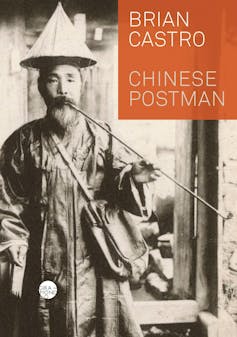your guide to the 2025 Miles Franklin shortlist
- Written by Joseph Steinberg, Forrest Foundation Postdoctoral Fellow, English & Literary Studies, The University of Western Australia

All dull prizes shortlist books that are alike; every important prize recognises books that are remarkable in their own way. This is what makes them worth paying attention to, what makes following them fun – and this year’s Miles Franklin Award shortlist is no exception. All six books hail from different publishers. Each book is markedly different in genre, style and form.
The self is an uncertain site in all these books – one where concepts like nationhood, sexuality, class and ethnicity are negotiated. There is a portrait of coming-of-age and Tongan community, a bawdy historical novel told by a self-styled horse thief, and an interlinked short-story cycle that turns on the omens and aftershocks of a serial killing. And three very different novels of ideas playfully reference other texts (as well as themselves) – and draw attention to how they are made.
Notably, Fiona McFarlane’s Highway 13 is the first work of linked stories to be shortlisted for the prize, which is awarded to “the novel of the highest literary merit”. But the shortlist is not, curiously enough, diverse in length: none of the entries break 400 pages, though Burruberongal writer Julie Janson’s Compassion comes close.
Chinese Postman – Brian Castro
“I was never good at philosophy,” quips Abraham Quin, Chinese Postman’s occasional narrator. After being humiliated by his philosophy tutor at university, he learns to see himself in the third person as well as the first, to move “easily between the two”. This gives us the basic shape of Castro’s narrative, which takes the form of a series of ruminations, in either Quin’s voice or a close third-person perspective.



















